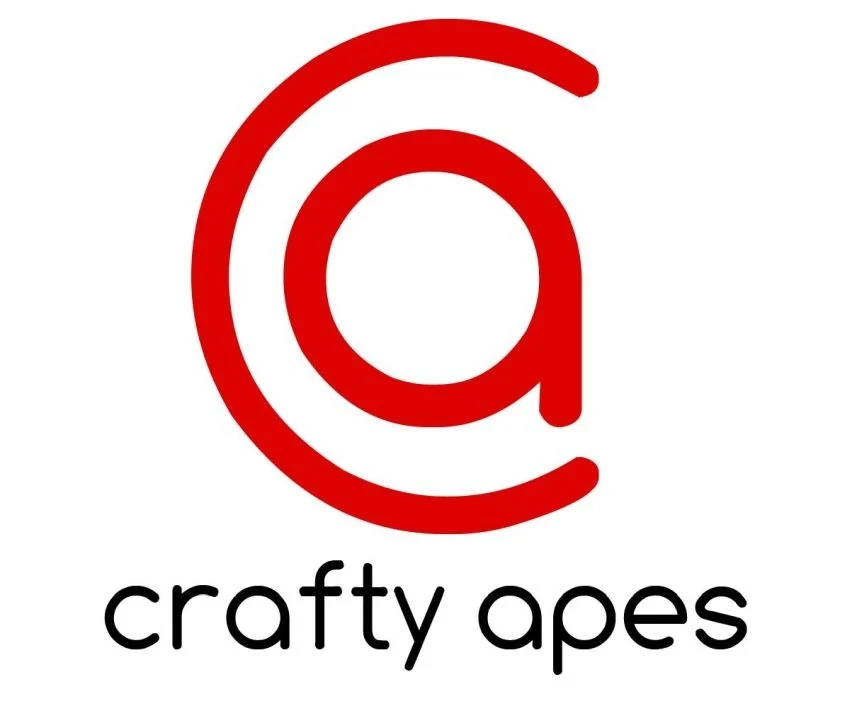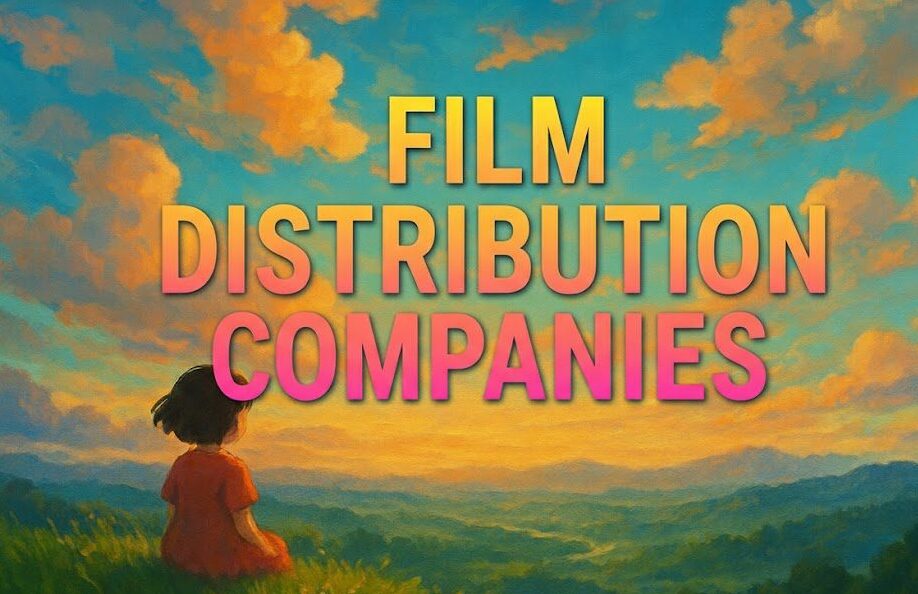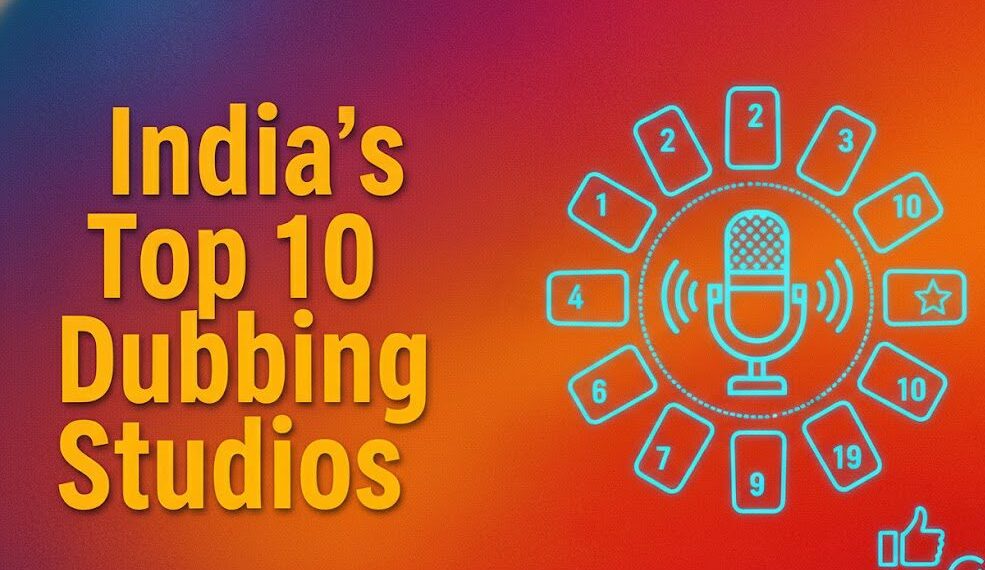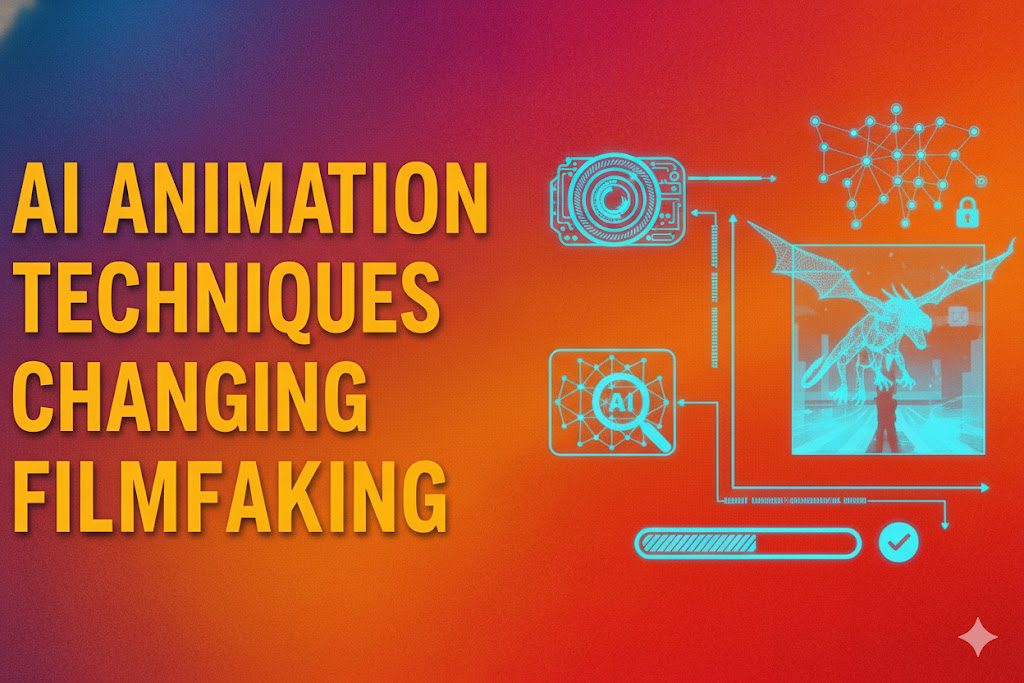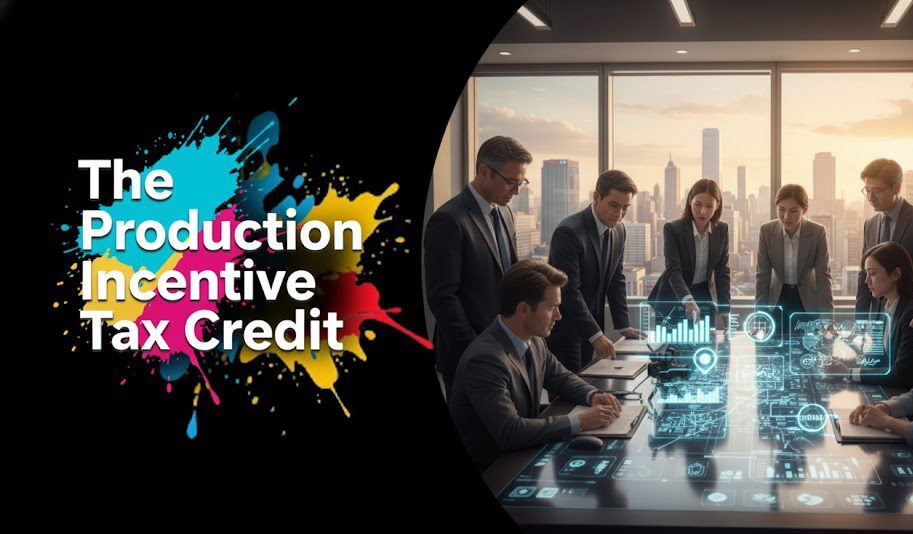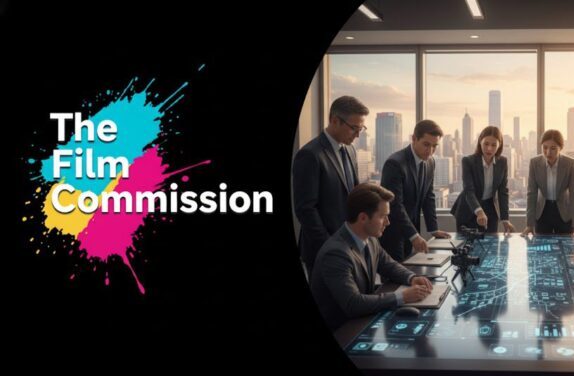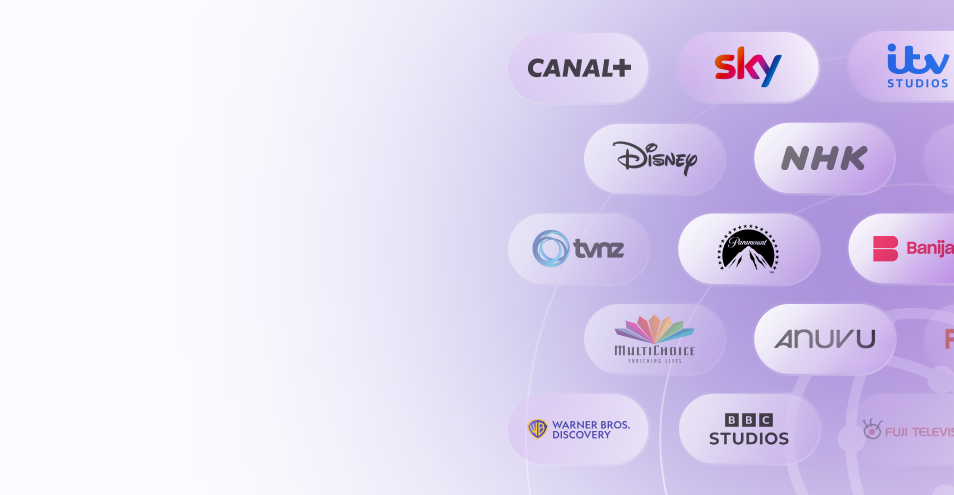Introduction
Creating a hit TV show from scratch is a massive gamble. You spend millions on development, pilots, and marketing, all with no guarantee of success. It’s a high-stakes game. But what if you could bet on a horse that’s already won the race?
That’s the power of licensing formats for TV. Think about global phenomenons like The Voice, The Office, or Who Wants to Be a Millionaire?. They weren’t just lucky hits in one country; they were brilliant, proven concepts licensed and adapted for audiences worldwide.
The problem? Finding, vetting, and securing the rights to the *right* format can feel like navigating a maze. The market is crowded, the deal structures are complex, and the data you need is scattered everywhere.
In this post, I’m going to walk you through the exact 5-step process the pros use to license TV formats that dominate the ratings. No fluff, just actionable strategies to help you acquire your next global hit.
Table of content
- Introduction
- Key-Takeaways
- What is TV Format Licensing? (And Why It’s Your Secret Weapon)
- Step 1: The Hunt – How to Discover Your Next Hit Format
- Step 2: Vetting the Gold – How to Evaluate a TV Format
- Step 3: Understanding the Deal – Key Terms in a Licensing Agreement
- Step 4: From Pitch to Production – Adapting and Localizing the Format
- Step 5: Execution and Partnership – Using a Centralized Hub
- Conclusion
- FAQs
Key Takeaways
| Key Takeaways: How to License TV Formats | |
|---|---|
| The Goal | Acquire a proven TV format to reduce risk and capture a ready-made audience. |
| Step 1: Discovery | Move beyond crowded markets. Use data platforms to find formats before they become mega-hits. |
| Step 2: Vetting | Analyze the “Format Bible,” performance data, and cultural fit to ensure it will work for your audience. |
| Step 3: The Deal | Understand the key differences between an option agreement and a license agreement to negotiate favorable terms. |
| Step 4: Adaptation | Balance fidelity to the original format with local nuances to ensure authenticity and resonance. |
| Key Tool | A centralized platform like Vitrina is essential for streamlining discovery, vetting partners, and tracking deals. |
Stop Guessing. Start Using Data.

What is TV Format Licensing? (And Why It’s Your Secret Weapon)
Before we dive into the “how,” let’s get crystal clear on the “what.” Licensing a TV format isn’t just buying a script. It’s acquiring a comprehensive blueprint for a show’s success.
You’re licensing the core concept, branding, production methodology, and marketing strategies. It’s a business-in-a-box for a TV show.
More Than Just a Remake: The “Format Bible”
The heart of any format deal is the “Format Bible.” This isn’t a simple treatment; it’s a detailed guide that includes everything you need to replicate the show’s magic. Think of it as the secret recipe.
A good format bible typically includes:
- Detailed rundowns of every segment and game.
- Set designs, lighting plots, and graphic packages.
- Casting guidelines and host profiles.
- Music cues and editing styles.
- Marketing and promotional materials that have proven to work.
The Strategic Advantage: Why License Instead of Starting from Scratch?
As a TV executive, your biggest challenges are risk and budget. Licensing tackles both head-on.
It de-risks the investment. You’re not guessing if an idea will work; you’re acquiring a concept with a proven track record. You have ratings, audience demographics, and performance data from other territories to back your decision.
This makes it a much easier pitch to your board and advertisers. You’re not selling a dream; you’re presenting a data-backed opportunity.
Step 1: The Hunt – How to Discover Your Next Hit Format
You can’t license a hit if you can’t find it. The discovery phase is where most broadcasters either win or lose. Relying solely on the old ways isn’t enough anymore.
Traditional Avenues: MIPCOM, NATPE, and Distributors
For decades, TV markets like MIPCOM and NATPE have been the primary hunting grounds. You fly in, take dozens of meetings with distributors, and watch sizzle reels. This is still valuable for relationship-building, but it has its limits.
It’s crowded, expensive, and you’re often seeing the same formats as all your competitors. By the time a format is the buzz of the Croisette in Cannes, you might already be too late to get a favorable deal.
The Modern Edge: Using Data Platforms for Smarter Sourcing
The smartest buyers today are getting ahead of the curve by using technology. They don’t just wait for markets; they hunt for opportunities year-round.
This is where a platform like Vitrina’s global entertainment marketplace becomes indispensable. Instead of sifting through endless catalogs, you can:
- Filter by genre, country of origin, and performance metrics. Find that hit reality show from South Korea or that game show format dominating ratings in the Netherlands.
- Identify emerging trends. See what’s gaining traction in smaller markets before it goes global.
- Connect directly with rights holders. Find the right distributors, production houses, and other vendors in one place.
This data-driven approach means you’re not just following the buzz; you’re creating it.
Step 2: Vetting the Gold – How to Evaluate a TV Format
So, you’ve found a promising format. Now comes the due diligence. Does it have the legs to succeed in your market?
Analyzing Performance Data and Audience Fit
Don’t just take the distributor’s word for it. Dig into the numbers. Look at the performance in its home territory and other licensed markets.
Ask critical questions:
- What were its ratings and audience share? Did it win its time slot?
- Who was the core demographic? Does it align with your channel’s audience?
- Did it grow, decline, or stay flat over multiple seasons?
Cultural Translation: Will It Resonate Locally?
This is the most overlooked part of the vetting process. A hit in one culture can be a total dud in another. A comedy that’s hilarious in the UK might not land in Japan. A celebrity-driven show might fail in a market without a strong celebrity culture.
You have to critically assess the core elements of the show and ask, “What needs to change for my audience?” If the core concept is too tied to its original culture, it might be too difficult or costly to adapt.
Build Your Content Pipeline on a Smarter Platform.

Step 3: Understanding the Deal – Key Terms in a Licensing Agreement
Once you’re confident in the format, it’s time to talk business. Format licensing agreements can be complex, but they generally boil down to a few key components.
The Option Agreement vs. The License Agreement
You rarely go straight to a full license. First, you secure an option. An option gives you the exclusive right to license the format in your territory for a specific period (e.g., 6-12 months). It’s like putting a “hold” on it.
This gives you time to develop a local version, attach talent, and secure internal greenlights without committing to the full cost of the license. The option fee is much lower than the license fee and is often deducted from the license fee if you proceed.
The license agreement is the full deal, triggered when you decide to go to series production.
Decoding the Financials: Fees, Royalties, and Backend
Here’s a simple breakdown of the money involved:
| Term | What It Means | Typical Structure |
|---|---|---|
| Format Fee / License Fee | The upfront payment to license the format for production of one season. | A fixed fee per episode or a lump sum for the season. |
| Production Consultancy Fee | A fee for the original creators/producers to fly in and help you set up the production correctly. | A fixed fee plus travel and expenses. Often mandatory for the first season. |
| Royalty / Backend | A share of revenue if the show is a massive success or is sold to other platforms. | Can be a percentage of net profits or distribution revenue. Highly negotiable. |
Step 4: From Pitch to Production – Adapting and Localizing the Format
You’ve got the rights. Now the real creative work begins. Successful adaptation is an art form. You must be a guardian of the original format while making it feel 100% native to your audience.
Balancing Fidelity with Local Flavor
The biggest mistake broadcasters make is changing too much… or not enough.
If you change the core mechanics that made the show a hit, you risk breaking it. If you don’t change the host, the humor, or the cultural references to fit your local market, the audience will feel it’s a cheap, foreign copy.
The key is to identify the “load-bearing walls” of the format—the non-negotiable elements—and then get creative with the “decor.” A great local host, relevant contestants, or regional humor can make all the difference.
Step 5: Execution and Partnership – Using a Centralized Hub
Licensing a format isn’t a one-time transaction. It’s a complex project with multiple stakeholders: distributors, production partners, creative teams, and legal departments.
This is where having a centralized system to manage the entire lifecycle becomes a competitive advantage. Instead of relying on messy spreadsheets and email chains, a tool like the Vitrina Project Tracker allows your team to manage everything in one place.
You can track deal milestones, manage contacts for vendors you discovered, and monitor the project from initial discovery all the way through to localization and broadcast. It keeps everyone aligned and ensures nothing falls through the cracks.
Vitrina helps you operationalize your licensing strategy. It connects the dots between discovering a format, finding the right production partners to adapt it, and managing the entire deal flow efficiently. It’s the infrastructure that turns a good idea into a successful, on-air reality.
Conclusion
So there you have it—the 5-step framework for successfully licensing formats for TV.
It’s about moving from a reactive approach—waiting for distributors to call you—to a proactive, data-driven strategy. It starts with smart discovery, moves to rigorous vetting, requires a sharp understanding of the deal, and finishes with masterful adaptation and execution.
Yes, it takes work. But licensing a proven format is still the single most effective way to lower your risk, control your budget, and deliver a show your audience will love.
What’s the first step you’re going to take to improve your format acquisition strategy? Let me know in the comments below.
Ready to stop searching and start acquiring? The best TV formats aren’t just found; they’re uncovered with the right data and tools. Vitrina’s platform gives you the global view you need to discover, vet, and connect with rights holders for your next hit show. Take control of your content pipeline and build your next success story.
Stop chasing the buzz and start creating it. Sign up for Vitrina today and see the opportunities you’ve been missing.
Frequently Asked Questions
Unscripted formats (game shows, reality TV) are generally more about the “bible”—the rules, structure, and branding. Scripted formats (dramas, comedies) are more about the scripts, story arcs, and characters. The license for a scripted show often includes the right to adapt existing scripts, making localization more about casting and cultural nuances than reinventing the plot.
It varies wildly. A brand new format from a small territory might have an option fee of a few thousand dollars and a license fee of $10,000 per episode. A globally recognized, premium format could cost hundreds of thousands per episode. It all depends on the format’s track record and demand.
Your vetting process is your best protection. The license gives you the *right* to produce, not the obligation. Use the option period to test the concept with local audiences, shoot a non-airing pilot, and get feedback. If the data shows it’s not working, you can walk away with only the cost of the option.
The initial license is usually for one season or a set number of episodes. The agreement will include terms for subsequent seasons, often with pre-negotiated fee increases. The goal for the rights holder is a long-running show, so they want to create a structure that encourages you to renew.



